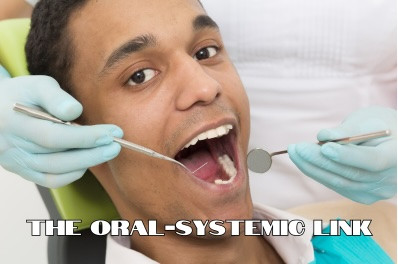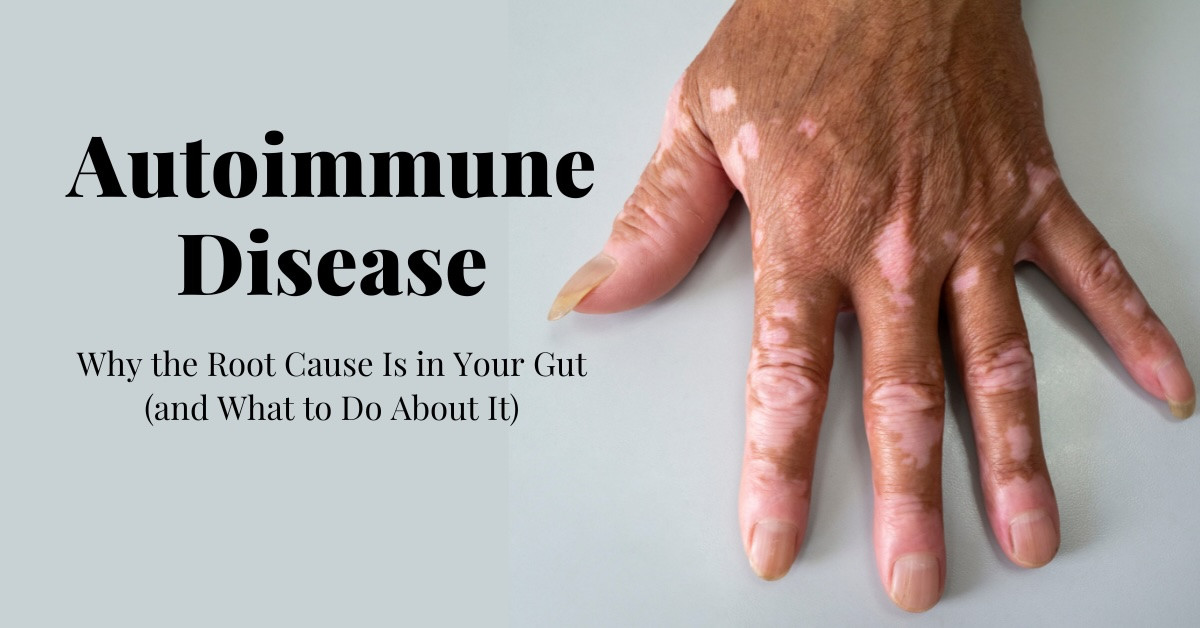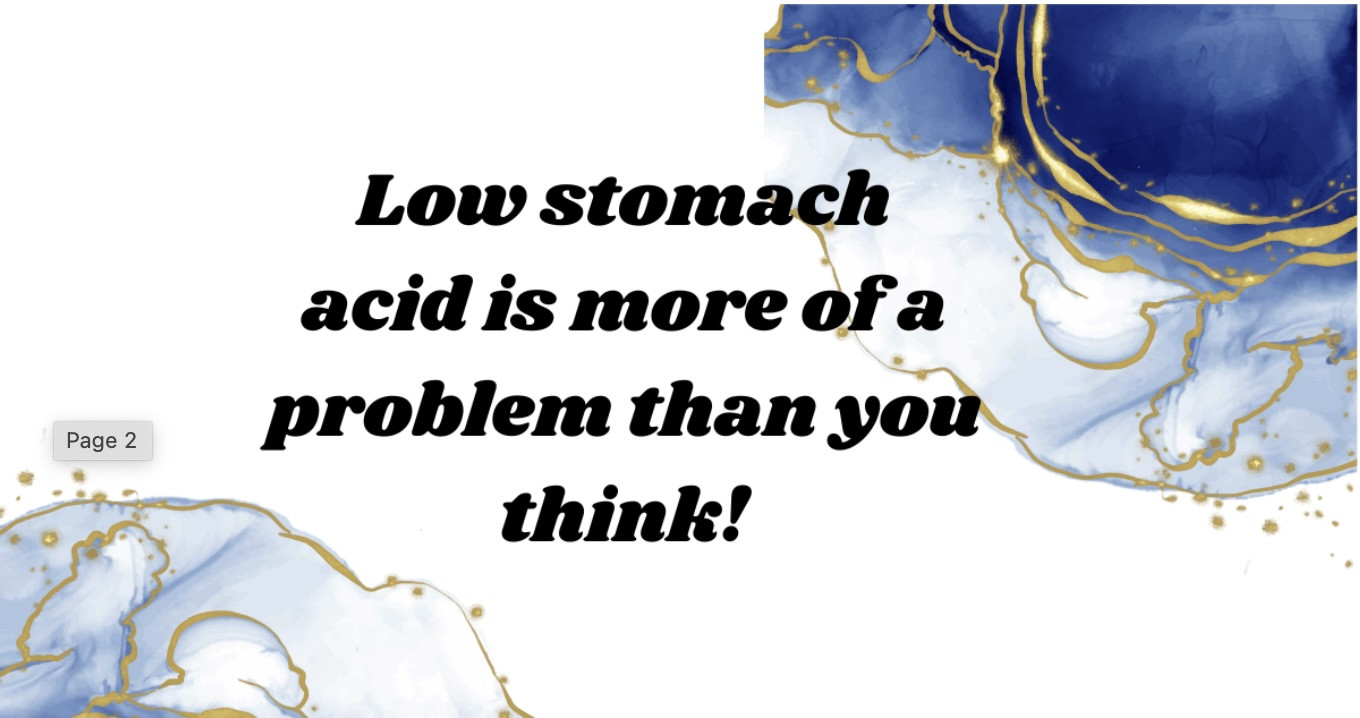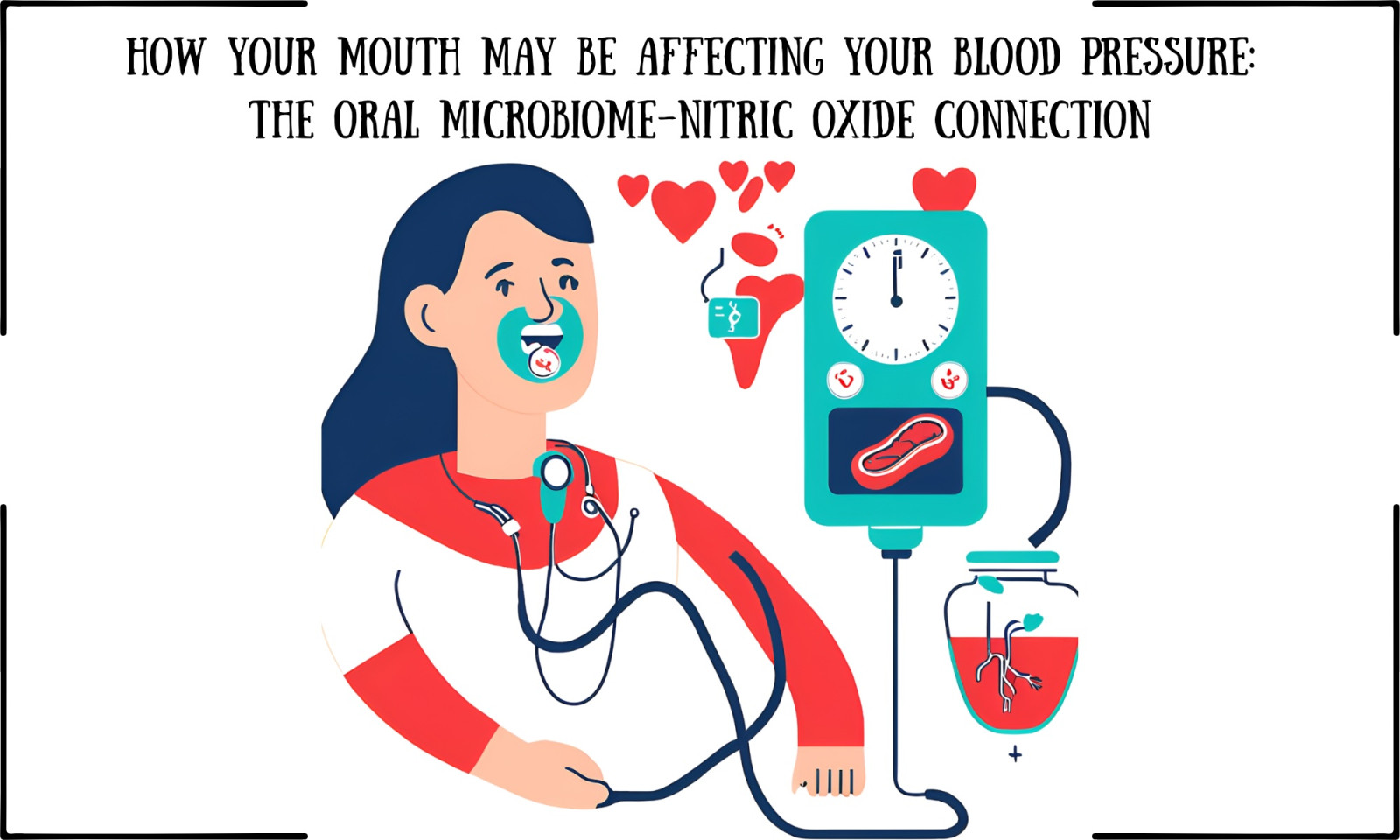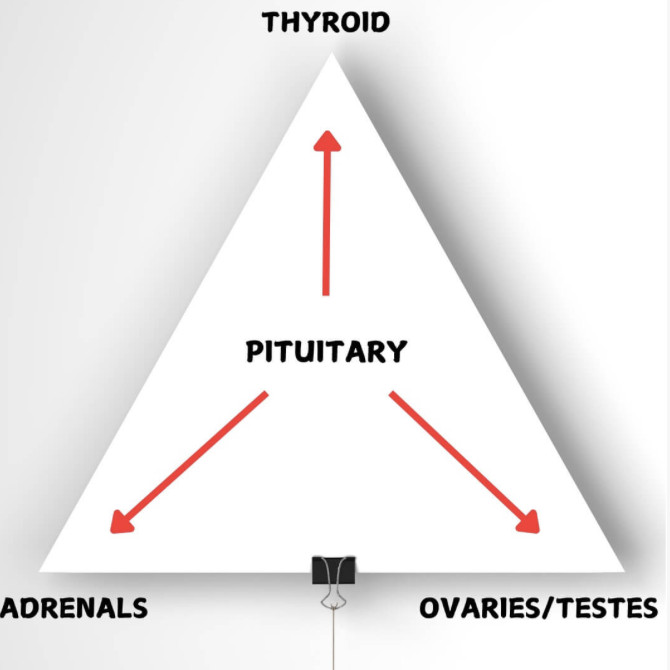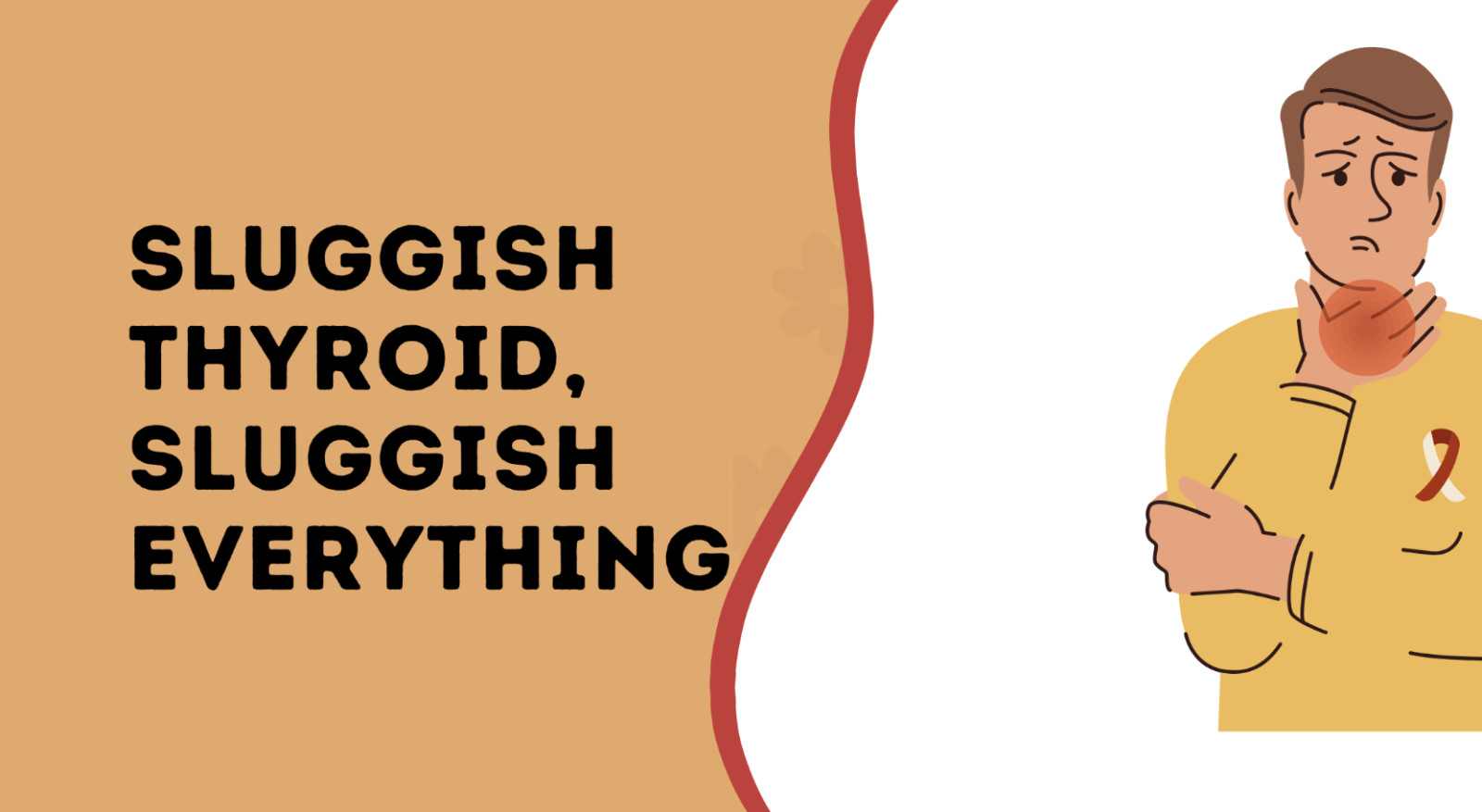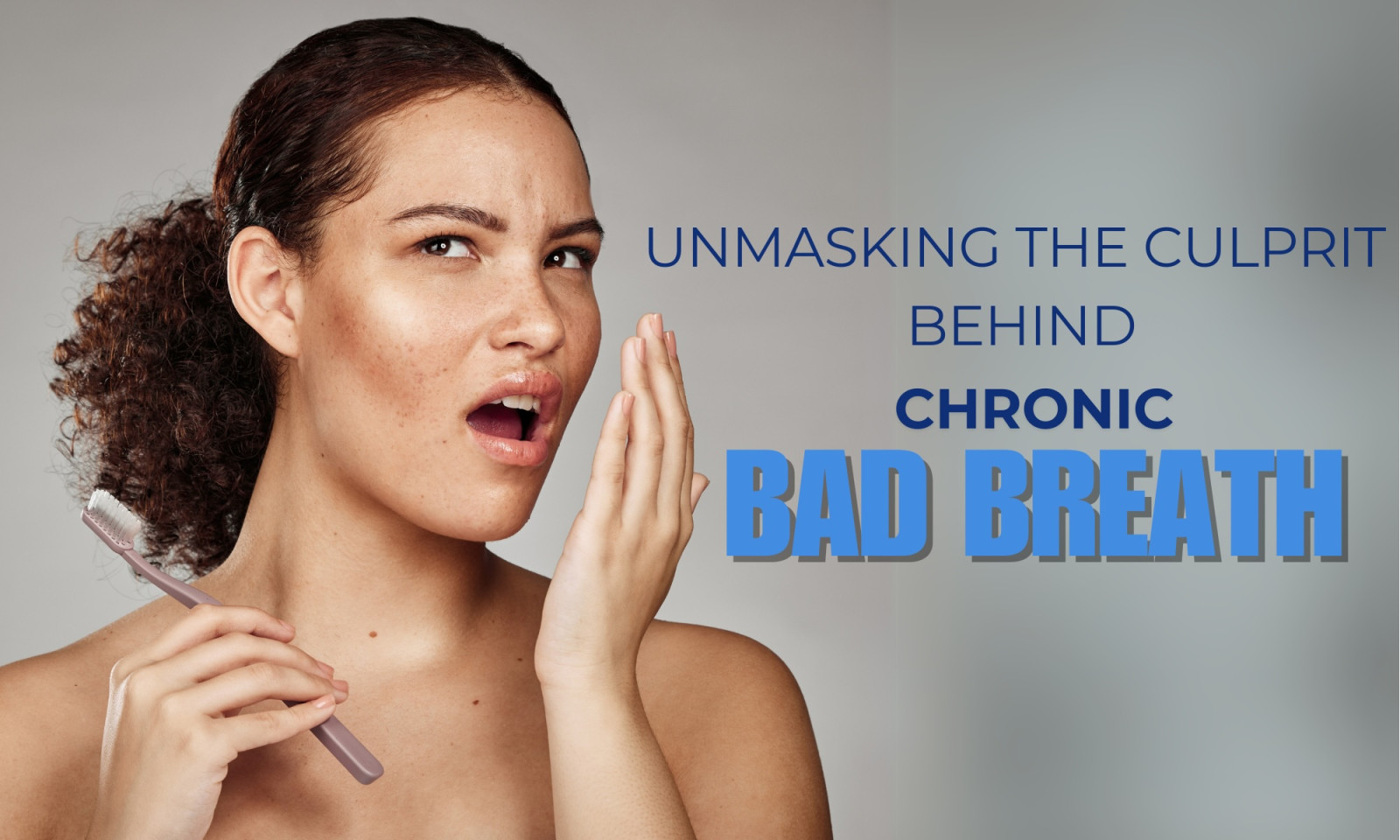
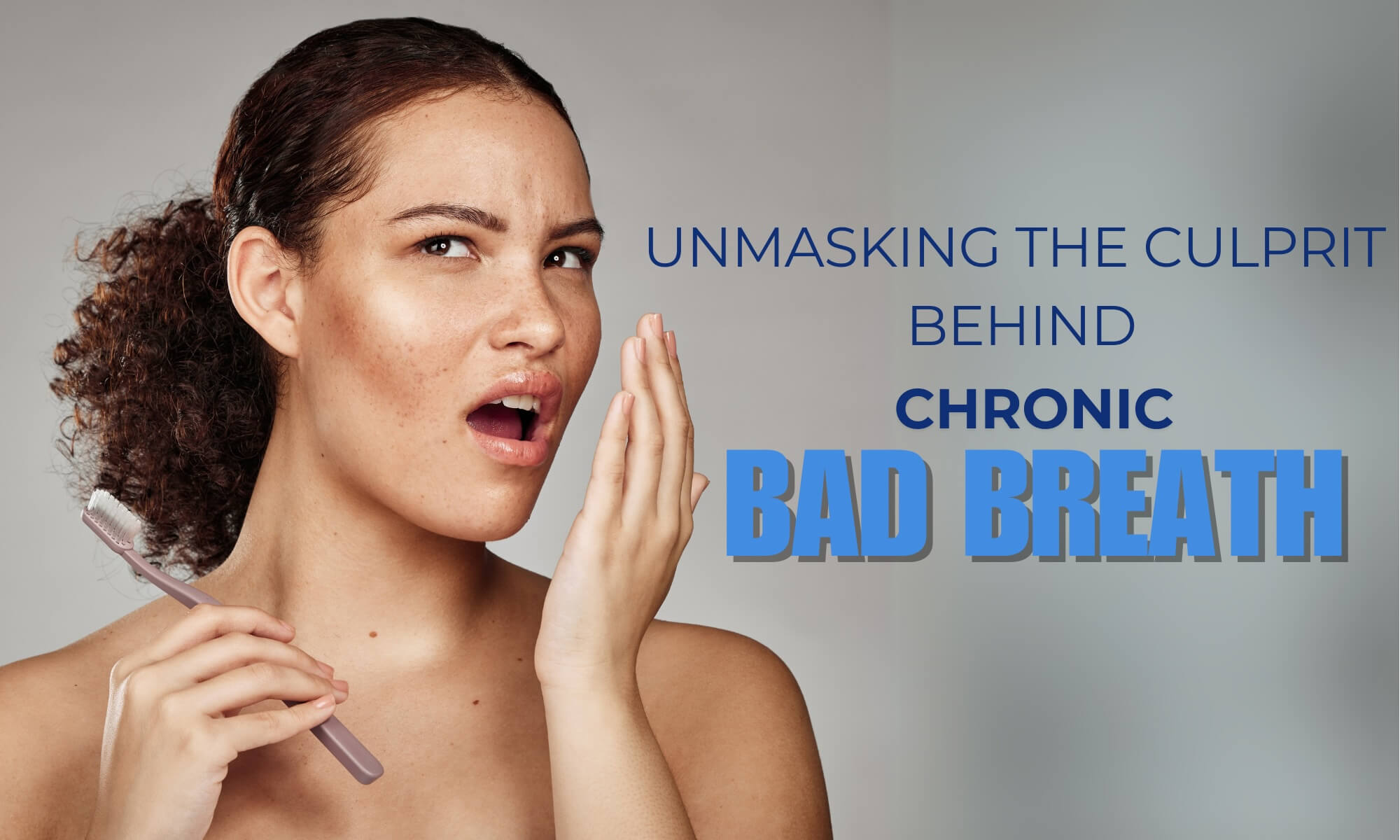
Unmasking the Culprits Behind Chronic Bad Breath
Let’s face it — bad breath (aka halitosis) is more than just a social inconvenience.
It can feel embarrassing, even isolating... but more importantly, it’s often a sign that something deeper is going on with your health.
It can feel embarrassing, even isolating... but more importantly, it’s often a sign that something deeper is going on with your health.
Contrary to popular belief, up to 90% of bad breath starts in the mouth — not in the stomach or sinuses like many assume. And your mouth? It’s not just one uniform space. It’s a complex ecosystem with little pockets where bacteria and fungi love to hide — the back of your tongue, gum pockets, tonsillar crypts, and more.
When the oral microbiome becomes imbalanced — something we call oral dysbiosis — certain microbes can overgrow and start releasing the volatile sulfur compounds (VSCs) that cause that persistent, unpleasant odor.
The Root of the Problem: It's Not Always What You Think
As a dental hygienist turned functional medicine wellness coach, I’ve come to understand halitosis as a symptom — not just of poor hygiene, but of a disrupted microbial environment. And the causes are often more layered than just not brushing well enough.
Let’s break down the main types of bad breath — and what could be driving them:
1. Inflammatory Gum Bacteria
These bacteria live deep beneath the gum line, thriving in low-oxygen pockets. They release VSCs and are often linked with gum disease.
Common culprits? Porphyromonas gingivalis, Tannerella forsythia, and Treponema denticola — the notorious "red complex" bacteria that also fuel chronic inflammation.
Common culprits? Porphyromonas gingivalis, Tannerella forsythia, and Treponema denticola — the notorious "red complex" bacteria that also fuel chronic inflammation.
2. Non-Inflammatory Gum Bacteria
Even in the absence of gum disease, bacteria can build up in plaque and release odor-causing byproducts.
Inconsistent brushing or flossing allows these microbes to thrive — even if your gums look “healthy” at a glance.
Inconsistent brushing or flossing allows these microbes to thrive — even if your gums look “healthy” at a glance.
3. Opportunistic Gut Bacteria in the Mouth
Members of the Enterobacteriaceae family (like E. coli and Klebsiella) are usually found in the gut — but can migrate to the tonsils, sinuses, or even the mouth when systemic or oral dysbiosis is present.
These microbes produce strong, unusual-smelling compounds, and their presence is a red flag that gut health may be contributing to your halitosis.
These microbes produce strong, unusual-smelling compounds, and their presence is a red flag that gut health may be contributing to your halitosis.
4. White-Coated Tongue
Your tongue is full of grooves and crevices — the perfect hideout for bacteria like Solobacterium moorei and Fusobacterium nucleatum.
These bacteria break down proteins and dead cells, producing VSCs in the process.
If you’re not cleaning your tongue daily, this could be the missing link in your oral care routine.
These bacteria break down proteins and dead cells, producing VSCs in the process.
If you’re not cleaning your tongue daily, this could be the missing link in your oral care routine.
5. Fungal Halitosis
An overgrowth of Candida (aka oral thrush) can lead to a musty or sweet odor.
Candida often appears as a white coating on the tongue or inner cheeks, and thrives in those with dry mouth, antibiotic use, or weakened immunity.
While antifungal medications can help, I often find a gentler approach with diet, natural antifungals, and probiotics is more sustainable — especially when personalized.
Candida often appears as a white coating on the tongue or inner cheeks, and thrives in those with dry mouth, antibiotic use, or weakened immunity.
While antifungal medications can help, I often find a gentler approach with diet, natural antifungals, and probiotics is more sustainable — especially when personalized.
6. Intermittent Bad Breath
Some days it’s there, some days it’s not — frustrating, right?
This kind of halitosis is often driven by fluctuating microbial activity, pH imbalances, diet, dehydration, stress, or even hormones. It’s unpredictable, which makes it all the more distressing for those dealing with it. Let's not leave out the dreaded Perio Breath!
This kind of halitosis is often driven by fluctuating microbial activity, pH imbalances, diet, dehydration, stress, or even hormones. It’s unpredictable, which makes it all the more distressing for those dealing with it. Let's not leave out the dreaded Perio Breath!
So What’s the Solution?
Chronic bad breath isn't just a hygiene issue — it's often a sign that something’s out of balance in your oral microbiome and beyond. That’s why brushing and flossing alone don’t always cut it.
This is where I come in.
I offer a truly integrative approach that looks at your entire body — not just your breath. Together, we can uncover the deeper reasons for your halitosis and address them from the root: through the gut, immune system, oral health, diet, and lifestyle.



